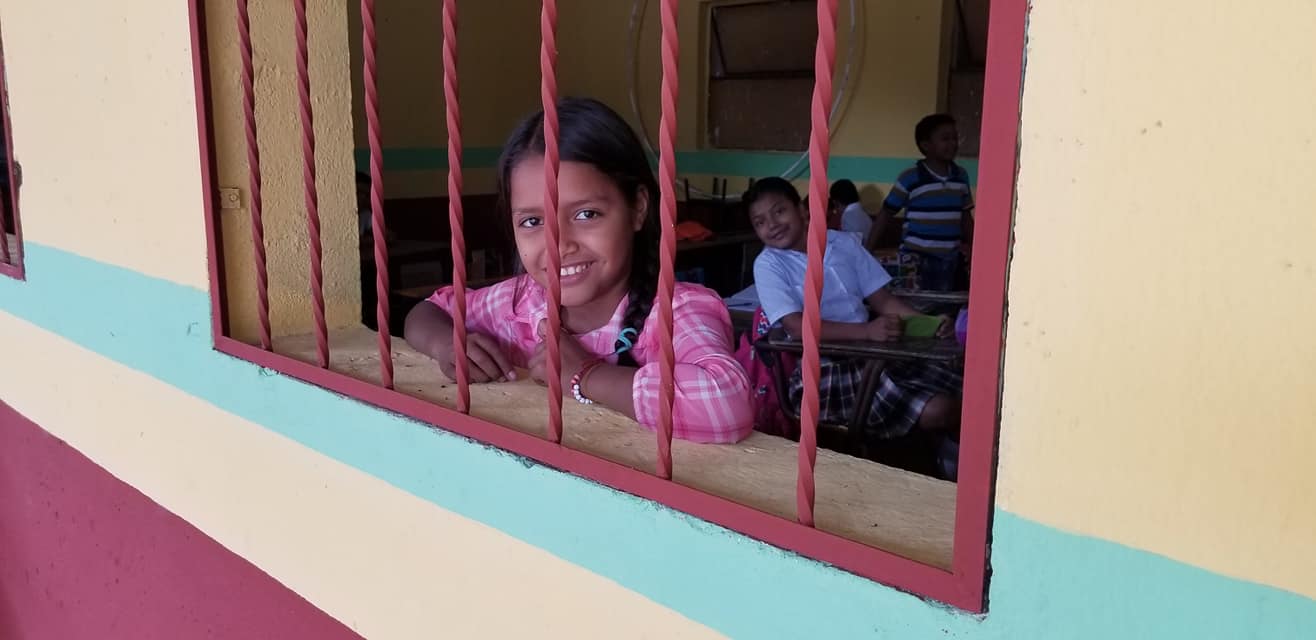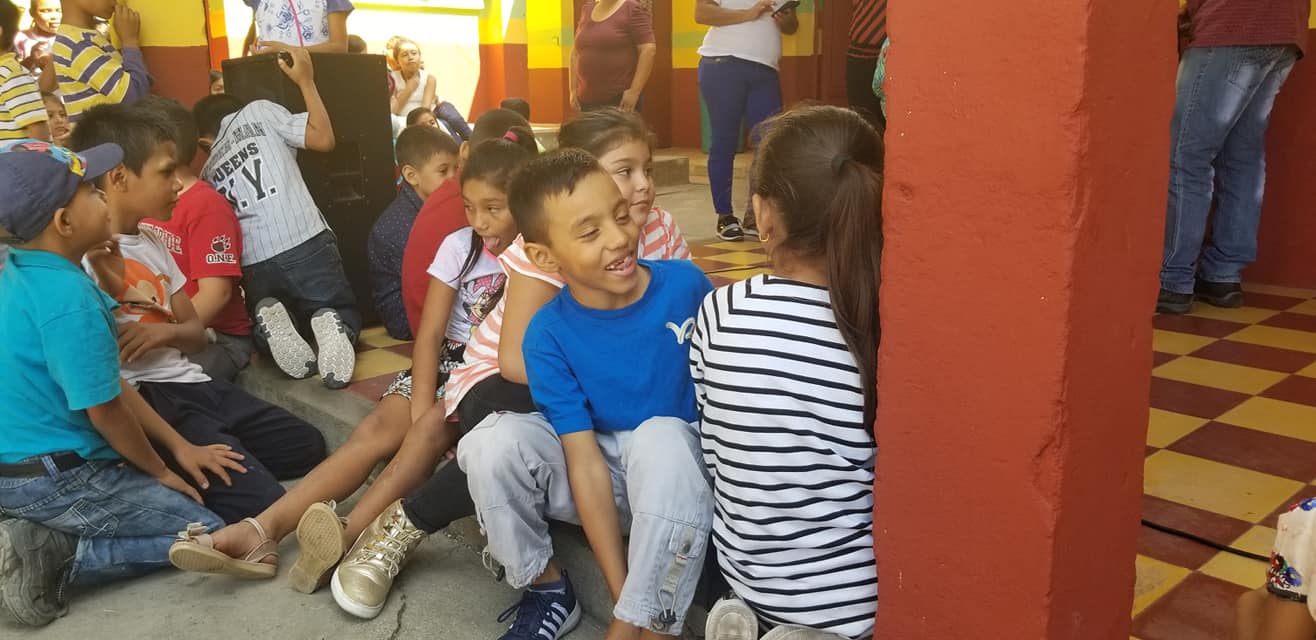|
The current state of the education system in Guatemala is substandard. Many classrooms, especially in rural Guatemala, do not have adequate teaching materials. Additionally, with more than half the population living below the poverty line, many children – especially rural and indigenous children – are forced to drop out of school to help support their families or because they are unable to afford the cost of uniforms, books, supplies and transportation.
Gender disparity is a key problem and is seen in education statistics. Of the 2 million children in Guatemala that do not attend school, the majority are indigenous girls living in rural areas. In fact, over half of the Guatemalan population is indigenous and less than 30% of poor, rural indigenous girls are enrolled in secondary school. Indigenous girls in Guatemala are among the country’s most disadvantaged group with limited schooling, early marriage, frequent childbearing, and chronic poverty. The need to invest in education, particularly for underserved girls, is acute. In many poor communities, school fees for tuition, textbooks, uniforms and supplies easily consume a substantial percentage of a poor family’s income and result in high drop out from school. Dropout rates are high, especially for girls. Girls particularly are expected to take care of siblings, leave school to help support their family or get married early. Furthermore, across Guatemala, particularly in rural schools and in indigenous communities, schools are often poorly funded and lack adequate books, curriculum guides, literacy materials and exam prep guides. Teachers are not properly trained, particularly in rural schools. Finally, recruiting and retaining quality teachers in rural schools poses a significant challenge. Source: www.globaleducationfund.org/guatemala/ |




